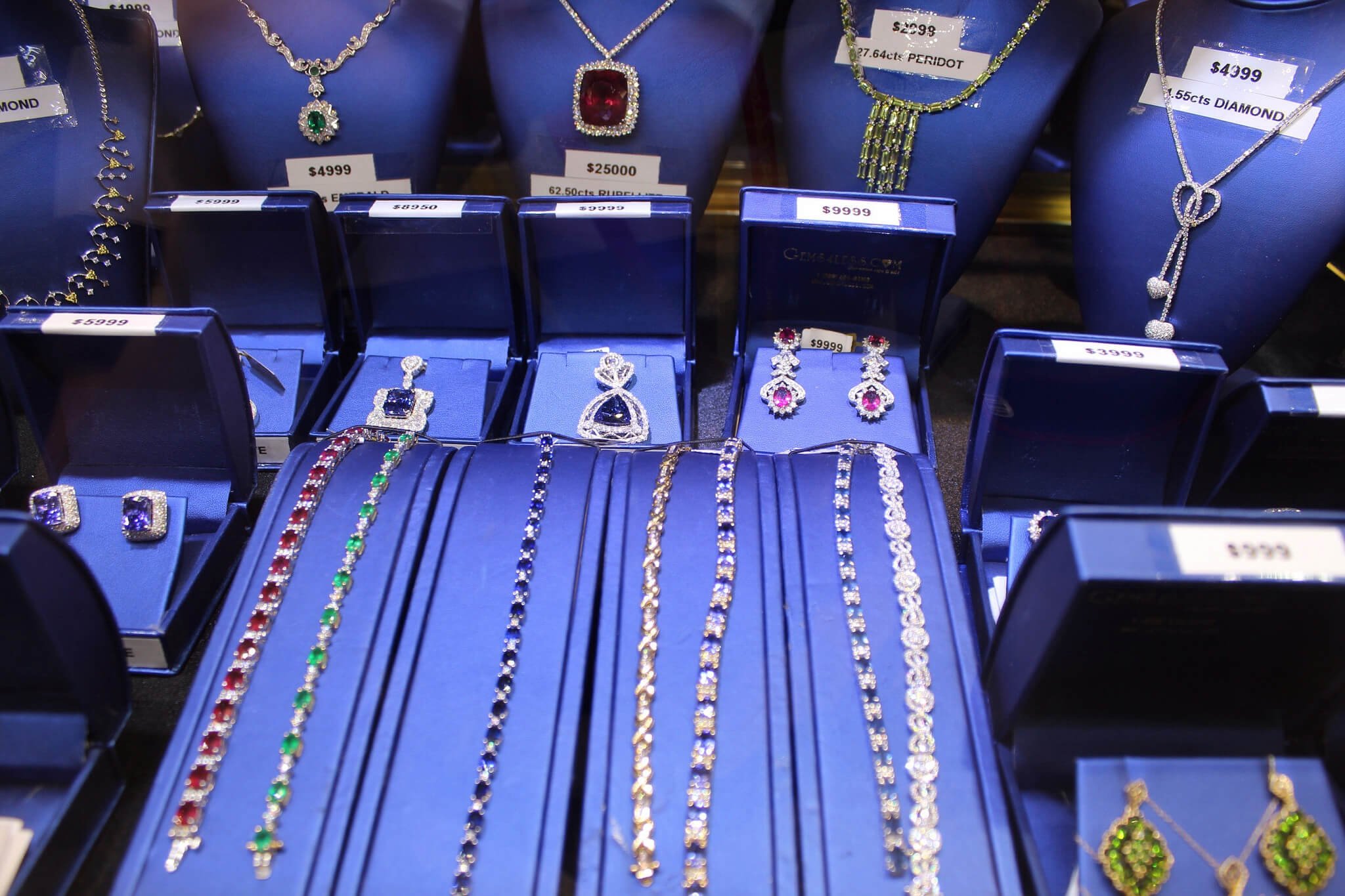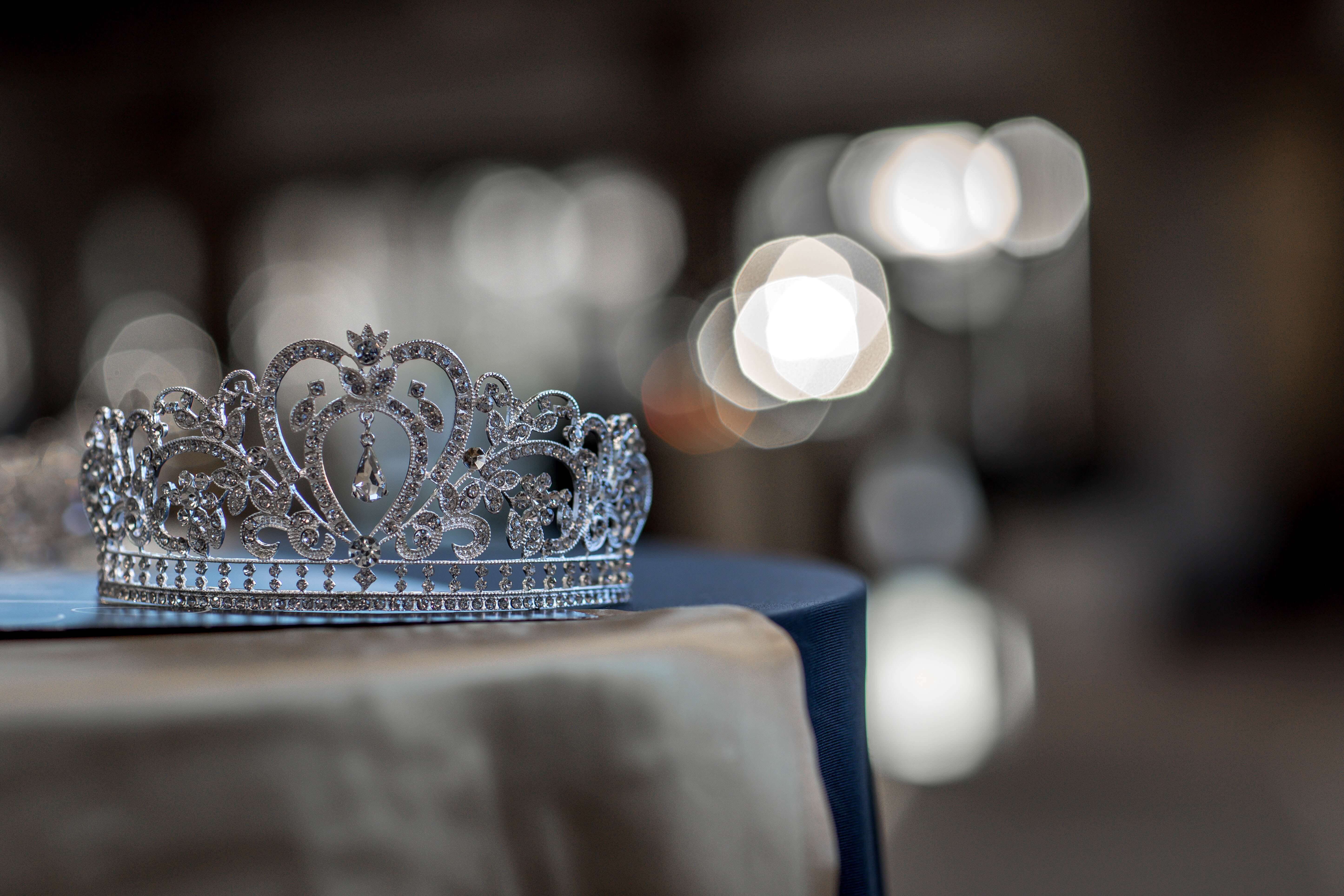Business
All that glitters is gold: A look into the luxury buying market
What is driving the wealthy into making extravagant purchases? Get an insightful look into the world of the luxury buying market.

In the lives of the rich and famous, £600,000 for a diamond-encrusted Christmas tree topper is seen as acceptable. And it doesn’t stop there. There are pens available for just short of £1 million, and Rolex watches fitted with diamonds for close to £45,000. Together with Angelic Diamonds, retailers of engagement rings, we take a look at the market for expensive goods and investigate how some items earned their price tags.
The attraction to pricey purchases
Of course, many of the super-rich make expensive purchases simply because they have the disposable income to do so. But, there are other reasons why consumers feel the need to splash their cash on costly goods.
One of these reasons is to demonstrate social status. In one argument by French philosopher, Pierre Bourdieu, it was suggested that the things that consumers buy are ways of communicating a ‘symbolic hierarchy’ to others—a way to distinguish their place in society. Other research found that women purchased designer handbags and shoes in order to signal status—it can be one way of preventing other women from going near their man.
The attitude of the buyer also determines if they are likely to make a luxury purchase. Age can affect these attitudes, too. By 2025, Bain & Company predicts that millennials and Generation Z will account for 45 percent of the global personal luxury goods market.
The growing digital world is also influencing the luxury market. In fact, 70 percent of luxury purchases are influenced by online interactions. The availability of luxury e-commerce also meant that 14 percent of buyers aged 18 to 24 were found to have made their first luxury purchase over the internet.
What makes certain items so expensive?
A range of things can determine the price tag of the product. This could be the quality of materials that were used to make it, the level of craftsmanship that was required or even just the brand whose product it is. Two materials that often bump up the cost of an item are diamonds and gold—but why?
The luxury of diamonds
The attraction to diamonds can date back hundreds of years. At one point in time, they were reserved for royalty—making them a stone owned by the rich and wealthy and sought after by everyone else.

At some point in history, diamonds were only reserved for royalty. (Source)
Now, diamonds are more accessible, but price and quality still vary depending on the ‘Four Cs’. These are clarity, carat, color and cut—together these determine how much a diamond is worth. Clarity refers to the overall appearance of the diamond, which can be affected by ‘inclusions’ and ‘blemishes’. These are often not visible to the naked eye but are found through analysis by an expert. The weight of the diamond is expressed through the carat weight—a metric ‘carat’ is defined by 200 milligrams. Moving over to color, a pure diamond is truly colorless and more valuable than one which has a presence of color. Lastly, the cut grade of a diamond determines how well it sparkles due to its interaction with light.
Diamond encrusted items can sell for millions of pounds. Take a look at the following, for example:
- Potentially the most expensive pair of shades in the world is Dolce and Gabbana’s DG2027B sunglasses. They have been crafted with a solid gold frame and studded with diamonds. To buy this luxury product would set you back $383, 609 (£271,472).
- One dog collar was valued at an astounding $3.2 million (£2.26 million). Forbes Magazine called it ‘the Bugatti of dog collars’ and it’s clear to see why. It was encrusted with 1,600 diamonds with a seven-carat, D-IF (faultless) color-graded centerpiece and black alligator leather for the collar.
A love for gold
Another material which gets a lot of attention from the rich and upper-class is gold. Gold has always been associated with wealth, power and fancy décor, and this opinion has continued to today.
Compared to many of the other elements in the periodic table, gold is one of the least-reactive. This means that it is less likely to corrode when used. The metal also doesn’t rust and is aesthetically pleasing, plus it’s versatile! We’ve seen many items crafted out of gold or fitted with gold plates to add value. Take a look at the following:
- Costing $999,999 (£707,799) is the GoVacuum GV62711. Features include a 14-inch cleaning nozzle, a weight of 16 pounds and gold plating. There were only 100 of these products made—true exclusives.
- Another standard product made expensive by the addition of gold is the 24-carat gold shoelaces. These cost a pricey $19,000 (£13,448) or shoppers can opt for the silver shoelaces which would set them back $3,000 (£2,123)
Diamonds and gold are examples of true luxury materials. They’ve been popular for centuries with the rich and famous and aren’t going anywhere anytime soon. It’s clear that the addition of them to even the most mundane of products can increase the value more than a hundred times over. While the wealthy have the funds to do so, it’s likely that they’ll continue to splash their cash on things that everyone else thinks is a bit extravagant.
(Featured image by International Gem and Jewelry Show via Flickr. CC BY-SA 2.0.)
—
DISCLAIMER: This article expresses my own ideas and opinions. Any information I have shared are from sources that I believe to be reliable and accurate. I did not receive any financial compensation for writing this post, nor do I own any shares in any company I’ve mentioned. I encourage any reader to do their own diligent research first before making any investment decisions.

-

 Markets2 weeks ago
Markets2 weeks agoRice Market Rebounds from Oversold Lows Amid Weak Demand
-

 Crypto1 week ago
Crypto1 week agoEthereum in 2025: Volatility, Maturity, and Strategic Renewal
-

 Crowdfunding23 hours ago
Crowdfunding23 hours agoSumar Inversión Closes 2025 With Solid Returns and Growing Trust
-

 Africa2 weeks ago
Africa2 weeks agoMorocco’s Rising Country Risk Profile Boosts Investor Confidence

























You must be logged in to post a comment Login